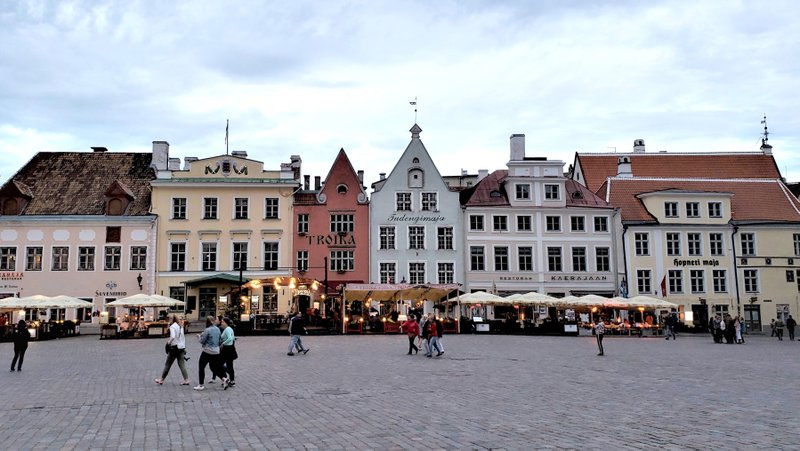It's hard not to be fascinated by Helsinki. This small Scandinavian city is the capital of a country that scores top marks in world happiness surveys.
A visit here invigorates and inspires. Helsinki's urban landscape blends Art Nouveau and progressive architecture and progressive, engaging design. Kiasma Museum of Contemporary Art is a grandiose futuristic curve of a building, and Kunsthalle, housed in a neoclassical structure, has been a hip exposition space since 1928. Restaurants, including several Michelin-starred spots, hew to the New Nordic style of cooking, which puts a premium on foraging, fermenting and creative presentation.
Helsinki's deep-rooted creative energy picked up steam in the past decade, earning the city the distinction of World Design Capital in 2012; it has been designated a City of Design by UNESCO since 2014.
But Finland is, after all, Scandinavia, and this storybook city comes with the accordingly high Nordic prices.
A two-hour ferry ride from Helsinki sits a port city that's as Nordic as a city can be (except for its affordability) without being in a Scandinavian country. Tallinn, the capital of Estonia, which regained its independence from the Soviet Union in 1991, delivers intriguing cultural offerings, exquisite dining and a relaxed urban seaside vibe against a dramatic historical backdrop, one that goes back centuries to the Middle Ages when Estonia was under Danish rule.
Tallinn was built on the salt trade in the Middle Ages. All of the "white gold" that was shipped from western Europe to Russia went through this city, making it the richest in the Baltic. The buildings in the magnificent town square bear that out. You can wander through the six-centuries-old, Gothic-style Tallinn Town Hall. St. Olav's Church has a distinctive spire so tall it was once used by the Soviets as a radio tower and surveillance point. There's even a working pharmacy that dates to 1422 and doubles as a museum with displays of medieval medical tools and potions.
The city is small — its population numbers around 440,000 — but the concentration of museums is dense. Some, such as the Tallinn City Museum and the Museum of Photography, are tucked away in old stone-walled buildings along the narrow, twisty streets. Others are sprawling properties outside Old Town, such as Kumu, which has galleries with historic Estonian art and modern works. Still others anchor a neighborhood, such as the Fotografiska, an offshoot of a sleek Stockholm modern photography exhibition hall that opened in June.
Tallinn's chefs are reason enough to visit the city, where a tasting menu at a top-ranked restaurant runs about $60, compared with about $130 in Helsinki. Some chefs take liberties with what could be called Soviet soul food. At Restaurant Leib, set in the shadows of the 13th-century city wall, the kitchen prepares traditional dishes (see: borscht and smoked trout) with modern flavors and local ingredients. Others take cues from the New Nordic kitchen. Try the minimalist Restoran Ore for exquisite, imaginative meals by chef Silver Saa, whose beautifully composed dishes are each as dazzling as a Vermeer painting.
Travel on 10/27/2019
